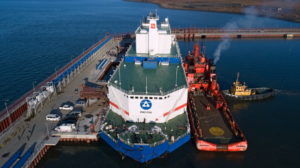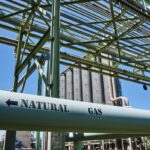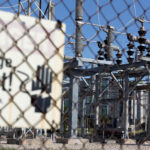Glavgosexpertiza announced on 15 April that it had reviewed the design documentation and the results of engineering surveys for construction of coastal and hydraulic engineering buildings, as well as facilities and equipment needed for the plant’s physical protection. Based on the results of this research, the regulator said it had reached a “positive conclusion”.
“Construction of the FNPP is of particular importance both for the entire Chukotka Autonomous District and directly for Pevek,” the regulator said. “It will replace the retiring generating capacities of the Chaun thermal power plant and the Bilibino nuclear power plant, and provide energy for consumers. In addition, the FNPP will become the basis of the energy infrastructure of the Chaun-Bilibino industrial hub, which has the richest reserves of gold, silver, copper and other non-ferrous metals, and will also help the district in reducing its dependence on imported fossil fuels, in curbing the growth of tariffs for electric and thermal energy, and in improving social conditions of the population and the environmental situation in the region,” it added.

Glavgosexpertiza’s approval means that facilities can now be built on the banks of the Pevek Strait for the “placement, storage and use” of the equipment and property required for the physical protection of the FNPP. These facilities include a stationary dock.
The project developer is JSC Russian Concern for the Production of Electric and Thermal Energy at Nuclear Stations, which is part of Rosenergoatom. The general designer is Atomenergo.
Researched and written by World Nuclear News
[contextly_sidebar id=”UK5AVffhjqcXlNP1U0iD7GWtuho1ERgx”]







